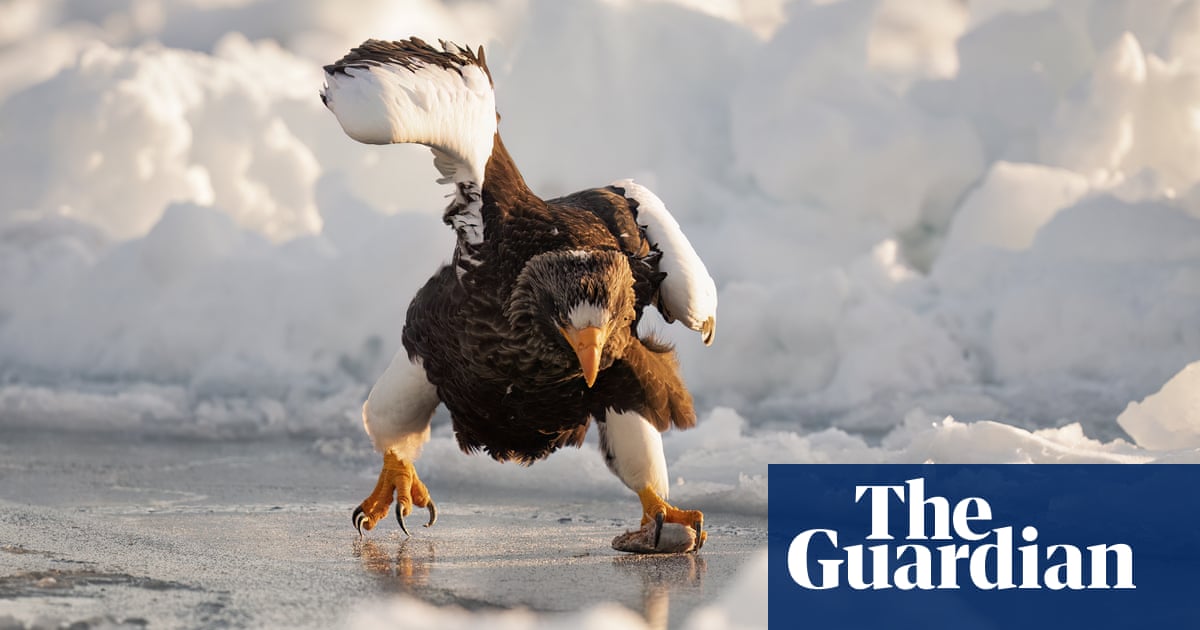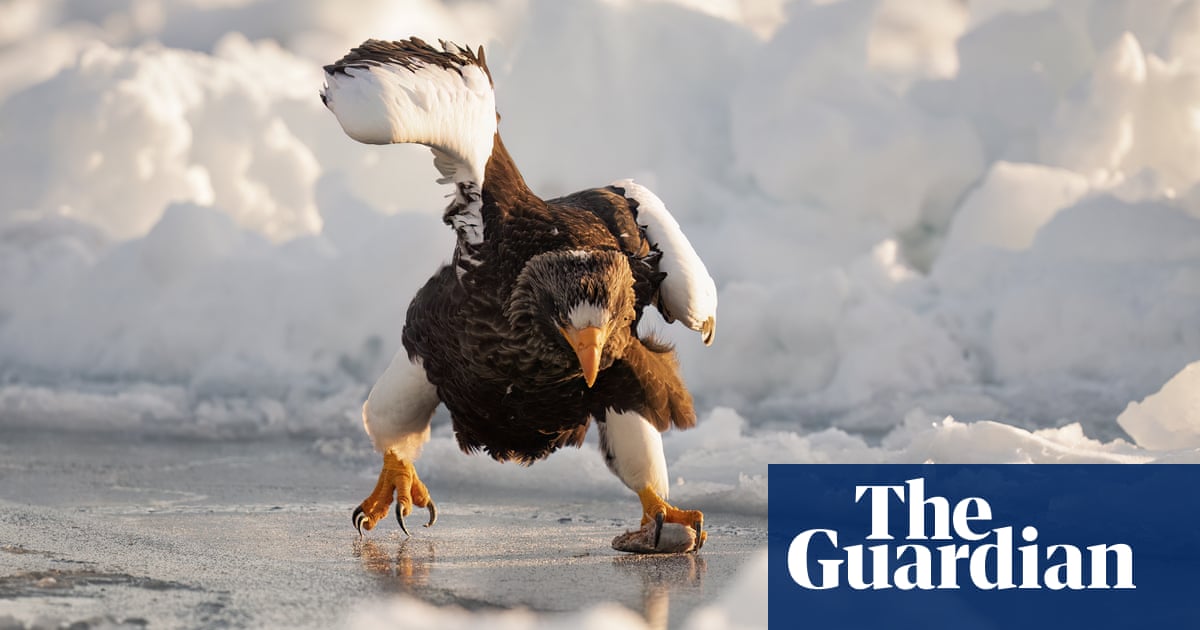The voting machine company Smartmatic and the conservative outlet Newsmax have settled a closely watched defamation lawsuit days before it was set to go to trial in Delaware.
A spokesman for the Delaware courts said the case had been settled on Thursday. He did not offer additional details. The trial was set to begin in Wilmington on Monday.
The terms of the settlement are not public.
“Newsmax is pleased to announce it has resolved the litigation brought by Smartmatic through a confidential settlement,” Bill Daddi, a spokesman for the network, said in a statement.
After the 2020 election, Newsmax aired several false claims about the company, whose voting machines were only used in Los Angeles county in 2020. The network repeatedly aired false claims from Trump allies that the software was widely used across the country and that it had been hacked to change votes.
Smartmatic sued Newsmax, Fox, One America News Network (OANN) and others for broadcasting their false claims. It settled the case with OANN earlier this year and the Fox case is still pending in New York.
Smartmatic said in a statement: “We are very pleased to have secured the completion of the case against Newsmax. We are now looking forward to our court day against Fox Corp and Fox News for their disinformation campaign. Lying to the American people has consequences. Smartmatic will not stop until the perpetrators are held accountable.”
First amendment scholars were closely watching the case and several others like it to see whether libel law can be used as an effective tool to police misinformation.
The case was set to be a kind of sequel to the defamation litigation between Dominion, another voting machine company, and Fox over 2020 election lies. That case was settled just before the trial was set to begin, with Fox agreeing to pay Dominion $787.5m. Eric Davis, the judge who oversaw the Fox case, was also overseeing the Newsmax case.
A settlement was not surprising in the case as trial neared. Davis ruled that Smartmatic could not seek punitive damages, a decision that significantly limited any possible financial payout for Smartmatic.
Davis had also ruled that Newsmax could use the “neutral report privilege” as a defense in the case – a legal shield that allows media outlets to broadcast allegations if they are reporting on a newsworthy event and do so in a disinterested and neutral way. Davis had not let Fox used that defense in its litigation.
Smartmatic executives were indicted by the justice department earlier this year on bribery charges in the Philippines. Even though the charges were completely unrelated to the 2020 election, it offered an opportunity for Newsmax lawyers to argue that the company’s poor reputation could not be attributed to what was said on its air.
But Newsmax also had reasons to settle. In a pre-trial conference, a lawyer for the company had called it a “bet-your-company” case for the outlet. Newsmax, which is projecting $180.5m in revenue this year, saw a surge in audience under the Trump administration and a bump that caught Fox’s attention after the 2020 election as it broadcast false claims about voting.
“The Newsmax surge is a bit troubling – truly is an alternative universe when you watch, but it can’t be ignored,” Jay Wallace, a Fox executive, wrote in an email to a colleague after the 2020 election.
Unlike in the Fox and Dominion litigation, only a few details emerged in the case revealing internal discussions at Newsmax as they broadcast false claims about the election. One of the messages was an internal letter from Christopher Ruddy, the network’s CEO from November 2020, conceding the network did not have evidence of voter fraud.
“Newsmax does not have evidence of widespread voter fraud. We have no evidence of a voter fraud conspiracy nor do we make such claims on Newsmax,” he wrote on 12 November 2020. “We have reported on significant evidence of widespread election irregularities and vote fraud. We will continue to report on that. We believe we should not censor allegations made by the President or his lawyers or surrogates. Our job is not to filter the news but report information and allow Americans to decide.”
Another exchange included Bob Sellers, a Newsmax host, and a producer, wondering how long they would have to air false claims about the election. “How long are we going to have to play along with election fraud?” Sellers wrote on 9 November 2020. “Trump’s MO is always to play victim [] And answer this question. Is there anything at all that could result in another election? The answer is no. and are there enough votes that could be switched or thrown out from fraud or irregularities? No.”
The lack of a trial may rob the public of the chance to hear about the state of mind of people who were behind broadcasting election lies, said RonNell Andersen Jones, a first amendment scholar at the University of Utah who has closely followed the defamation cases filed by those harmed by 2020 election lies.
Still, she noted that Davis had already ruled that the statements at issue in the case were false, and cautioned against expecting defamation cases to be a cure for misinformation.
“Defamation law can declare something a lie, but the question of whether a lie was told is only one of many questions that have to be asked and answered,” she said in an interview earlier this week. “It is a notoriously complex area of law, which means cases can be won or lost on a lot of grounds that have nothing to do with the truth or falsity of the statement. And I am not sure that translates well to public discussion.”
Lyrissa Lidsky, a media law professor at the University of Florida, also cautioned against expecting libel law to be a cure-all for disinformation.
“Defamation law is not a panacea for election misinformation. There’s just no two ways about it,” she said. “It’s just a small piece.”










